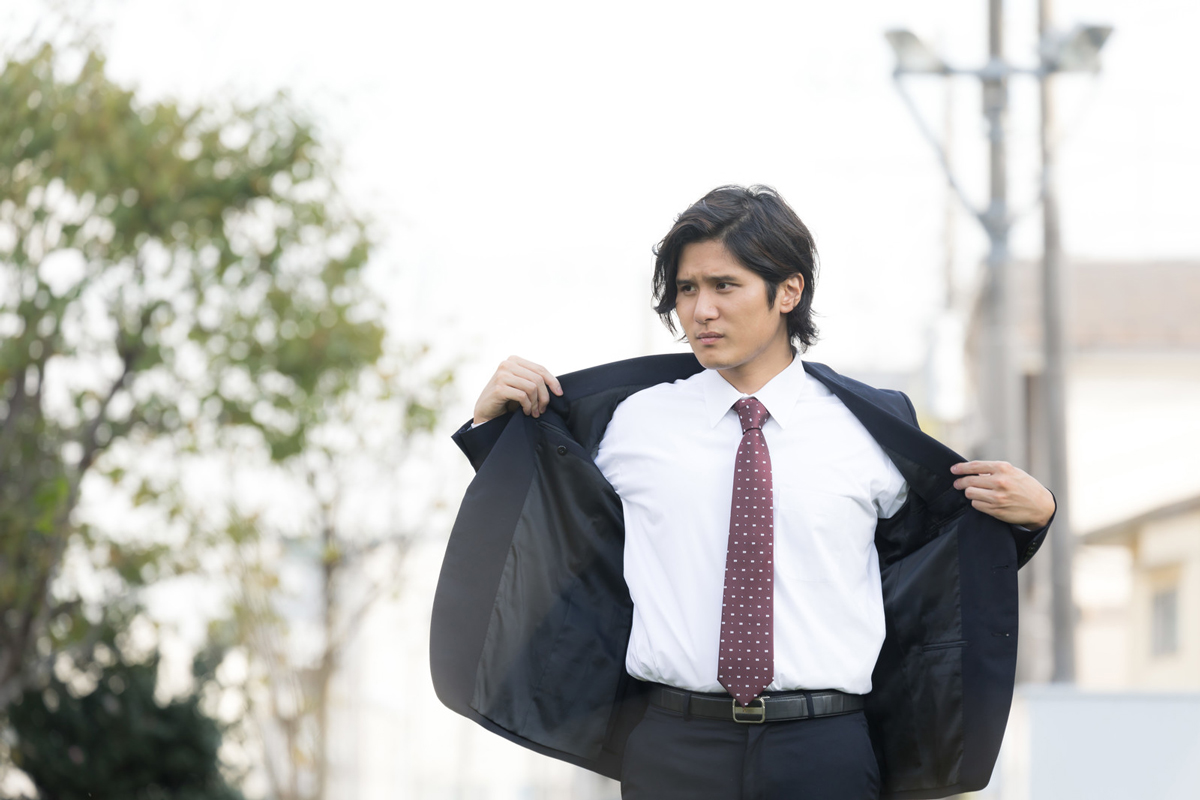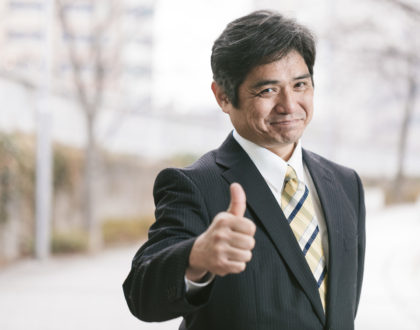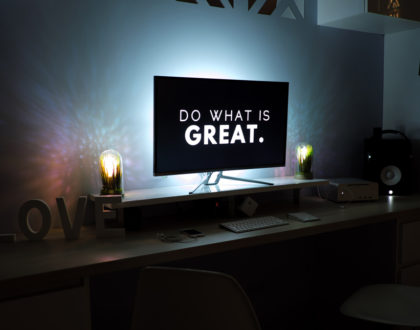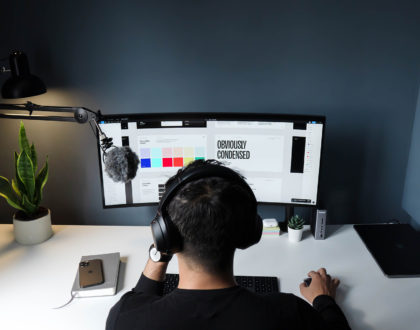Business Casual – Guide to Choosing the right Outfit

by Madelaine
Dress code: Business Casual, but what does that actually mean in Japan? Find out about the do’s and don’ts of work fashion. With this style guide, you cannot go wrong.
コンテンツ
Business Casual
Business Casual is the most common dress code in Japanese offices. Each company has its own fine print or unspoken rules of what is allowed and what not, but the standard itself is pretty straight forward.
Whether you go to an interview with a “business casual” dress code or prepare for your first day at the new job, follow these basic guidelines and you will be dressed for the occasion.
Business Casual for Men
Colors
The standard is black and white, but for a business casual look you can mix it up with one of the following colors: navy blue, brown, grey, beige or another understated color.
Tops
Collared shirts are a must. Basic whites, light pink or pale blue, or understated patterns are also good. Flannel and polo shirts are not considered business casual despite the collar, so best leave them at home.
Jacket
A jacket can even make more casual outfits look more business-like. A Japanese “business casual” jacket has to button, is tailored, and made from cotton or polyester. Japan’s summer can get hot, but it’s good manner to keep the top button closed regardless of outside temperatures. Some businessmen you meet might do it otherwise, but during the job search, it’s best to follow the rules.
Bottoms
The understated color scheme also applies to pants, with brown, black or navy being the standard. As for the style, tapered pants or chinos are a good choice. Jeans or other strong fabrics are NG (Japanese for “no good”).
Shoes
Formal shoes are a must if you plan to go to a job interview. They can be a little more outstanding in design and shape, as long as the colors are limited to black, brown, navy, etc. Shoes should be always clean and don’t show wear overly, to avoid giving a sloppy impression.
Bag
Pick a big one that fits A4-size documents. Having one that doesn’t fall over when you put it on the ground is a plus.
Hairstyle
As with everything else cleanliness is key. In Japan, this means no beard, no dye, and no long hair. Go for clean-shaven with short(ish) hairstyle that is not covering ears, eyebrows or neck.
Business Casual for Women
Colors
Similar to men white, black, navy, brown, gray are recommended as base colors.
Tops
Your shirt is a good opportunity to bring some more color into your outfit. Recommended are soft pastel colors to liven things up a bit. Shirt options without collars are available in Japan, but during your first months and especially when wearing a jacket collared shirts are a safe choice.
Jacket
Choose a jacket if you want to go for a precise look. For a more casual or approachable impression opt for a cardigan. In either case, pick a base color that goes well with your skirt or pants.
Bottoms
Cropped or straight pants, tight or flared skirts, pick something that shows your confidence. Skirts should be at least knee-length and steer clear of jeans, they are reserved for denim Friday.
Shoes
Opt for (synthetic) leather pumps with heels no higher than 5cm. Ballerinas and flat leather shoes might be acceptable for seasoned employees, but newcomers should stick to heels. Just take them for a test run, to avoid picking a pair that when worn announces your arrival to the whole floor with every step.
Bag
Take a bag that fits A4 sized documents without bending. Avoid strong colors, instead opting for black or dark navy is a safe choice. Having one that doesn’t fall over when you put it on the ground is a plus.
Nails and Accessories
80% of recruiters look at your nails. While the color palette for employees is covering pastel colors and more, during job search a natural and tidy look is a must, so opt for pink of beige tones, a round shape, and keep your nails short (1mm).
Accessories at job interviews are best avoided, or kept to one piece, like your watch or small earrings. Once you work you can wear necklaces and more, but they should be understated and generally be kept to a minimum.
Hairstyle
A neat look is what you want for your hair. This generally means hair out of your face. Bangs should not cover the eyebrows, use pins to put wild strains into their place. Short hair can be worn open, but shoulder-long or longer hair is best put up and out of the way. Ponytails can look a little strict or bland at times, if you want to go for a pretty but professional try a half-up/half-down hairstyle.
Business Casual for Job Seekers
Keep it classy
When the dress code at an interview is “business casual” always pick an outfit that is more on the business side of things. For men, the necktie, for women taking colors and accessories down a notch is a good rule of thumb.
If you follow the guidelines of the company and still find yourself in a room full of candidates dressed differently just stay calm. Even if it wasn’t everyone else who got it wrong, stressing about it would only distract you from the most important part: the actual interview. So remember your Japanese manners, put on a smile, and go get that job.
Missed the dress code?
Whether you didn’t get the memo or didn’t have time to change, if you arrive and notice that your outfit stands out from the crowd, stay calm.
Business Casual at the Office
There are plenty of people in Japan that come to work in sneakers or sweaters, women with colorful outfits or man with outstanding hairstyles. While it’s not unheard of, it is not the norm. What they have in common is that they usually dress in line with what their coworkers are wearing.
Even within the same company, whether you are working a lot inside like engineers or go on many client meetings, the dress-code can vary between departments.
As a new employee at a company, it never hurts to be on the formal side of things. If you stick with the guidelines above, you will always be dressed appropriate and respectful. Once you settled down at your workplace, look at what your coworkers wear. If even the women wear sneakers you can probably do it, too.
Some people find the above guidelines about how to dress limiting, others are thankful that they have one less thing to worry about in the morning. The way you dress communicates a lot about yourself. Consider the way you want others to perceive you when picking your outfit.
Recommended Posts

How to Get Along with Your Japanese Boss
25 5月 2021 - Work, Working Culture

The 10 Most Popular Japanese Companies in 2021
19 5月 2021 - Work



